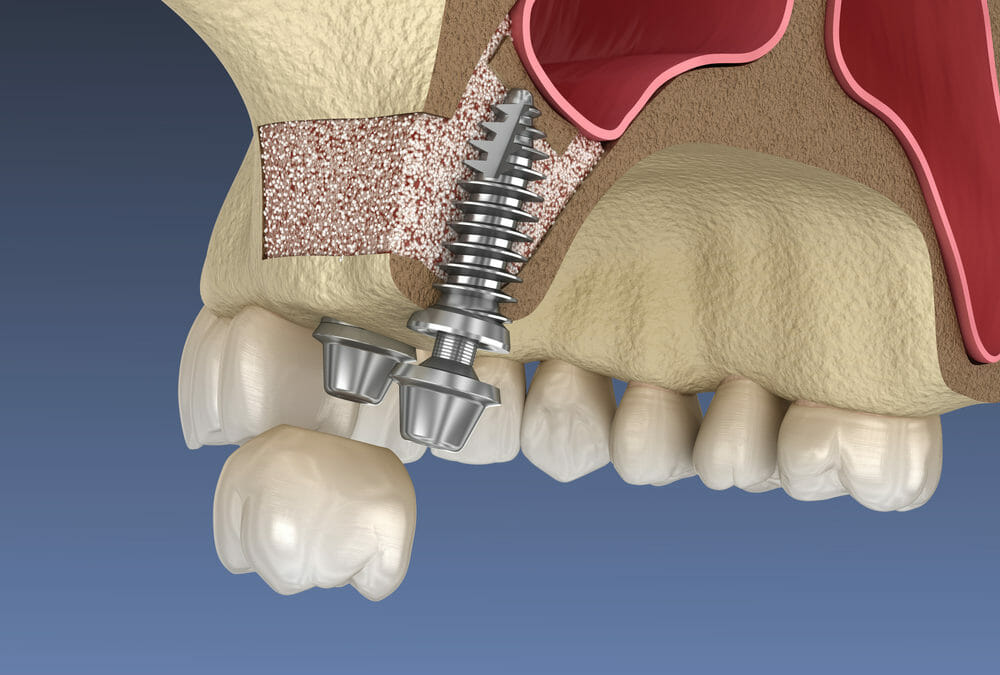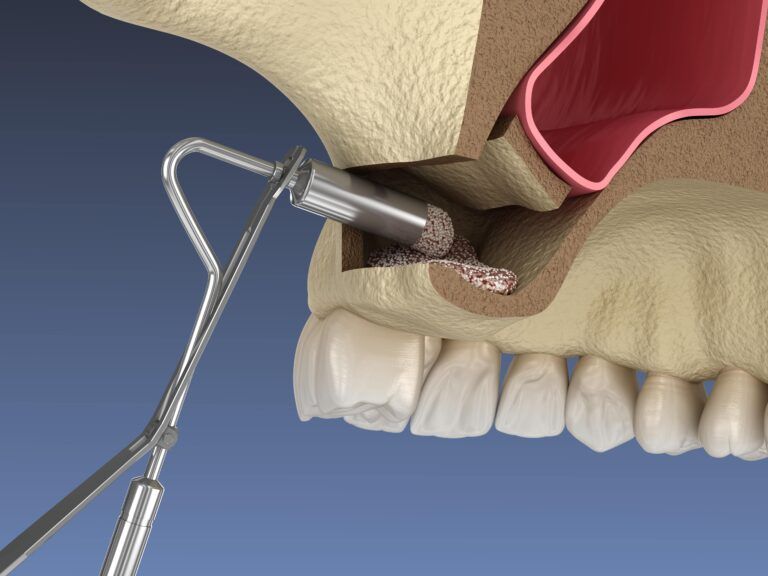Sinus Lift Surgery, also known as sinus augmentation, is a specialized dental procedure that adds bone to the upper jaw in the area of the molars and premolars. It is often necessary when there isn’t enough bone height in the upper jaw, or the sinuses are too close to the jaw for dental implants to be placed securely.
Some of the reasons why sinus-lift surgery is required include damage to the bone due to a previous surgical procedure (like a difficult tooth extraction) or the effects of periodontal (gum) disease. When this procedure is performed, a portion of the maxillary sinus is filled in with bone (grafting material). The result is a thicker sinus floor into which a tooth implant can then be placed.

A thorough dental exam with X-rays or a CT scan is conducted to assess sinus anatomy and bone volume.
Local anesthesia is administered; sedation may be offered depending on patient needs.
A small incision is made in the gum tissue to expose the bone. A window is then created in the bone.
The sinus membrane is gently pushed upward and away from the jaw.
Bone graft material (either synthetic, from the patient, or donor) is placed into the lifted area.
The gum is stitched closed, and healing typically takes several months before implants can be placed.

The procedure is done under local anesthesia, and most patients report only mild discomfort during recovery.
It typically takes 4–9 months for the bone to heal fully before implants can be placed.
As with any surgical procedure, there's a small risk of infection, sinus membrane perforation, or graft failure—however, complications are rare with proper care.
In some cases, yes—but usually the bone needs to heal first before implant placement.